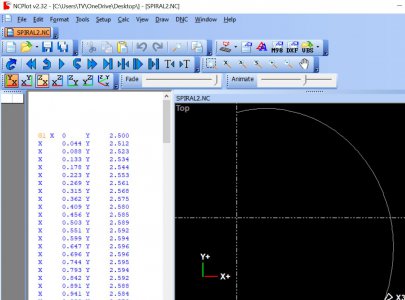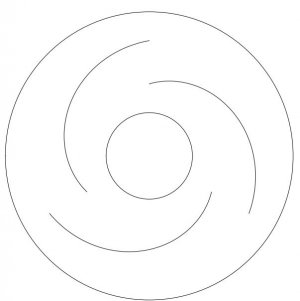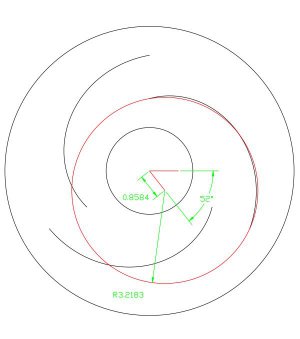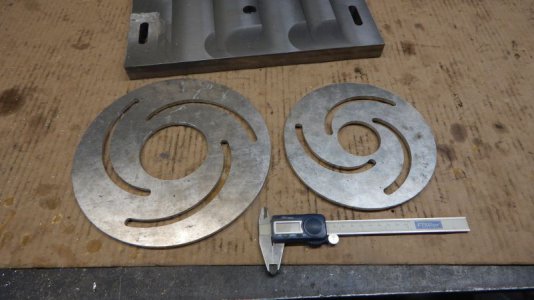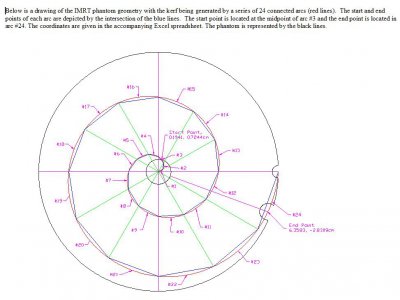- Joined
- Oct 14, 2014
- Messages
- 1,979
This is the project to do the project...
Need to bore soft jaws to hold the motor shaft for making the 10EE gearbox adaptor. Best way to do this is to clamp the jaws tight on a spiral plate. I have seen them for sale for big bucks. Here's one offer:
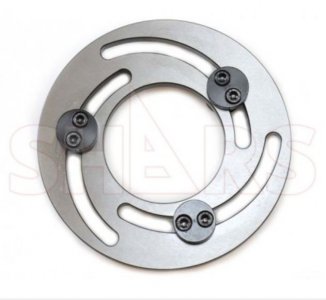
Brain teaser for the day. How do you calculate a sprial? OK, any point on a circle can be calculated by X is sine angle times radius. Y is cosine angle times radius. So, if you increase the radius every degree of arc, a sprial is generated. Here's the excel spread sheet I worked out for one sprial thru 120 degrees.
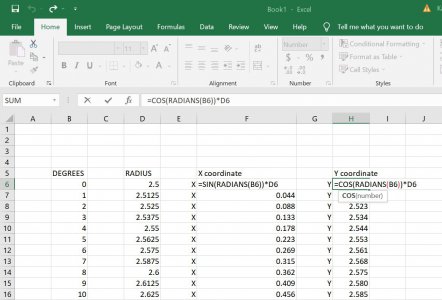
Need to bore soft jaws to hold the motor shaft for making the 10EE gearbox adaptor. Best way to do this is to clamp the jaws tight on a spiral plate. I have seen them for sale for big bucks. Here's one offer:

Brain teaser for the day. How do you calculate a sprial? OK, any point on a circle can be calculated by X is sine angle times radius. Y is cosine angle times radius. So, if you increase the radius every degree of arc, a sprial is generated. Here's the excel spread sheet I worked out for one sprial thru 120 degrees.



